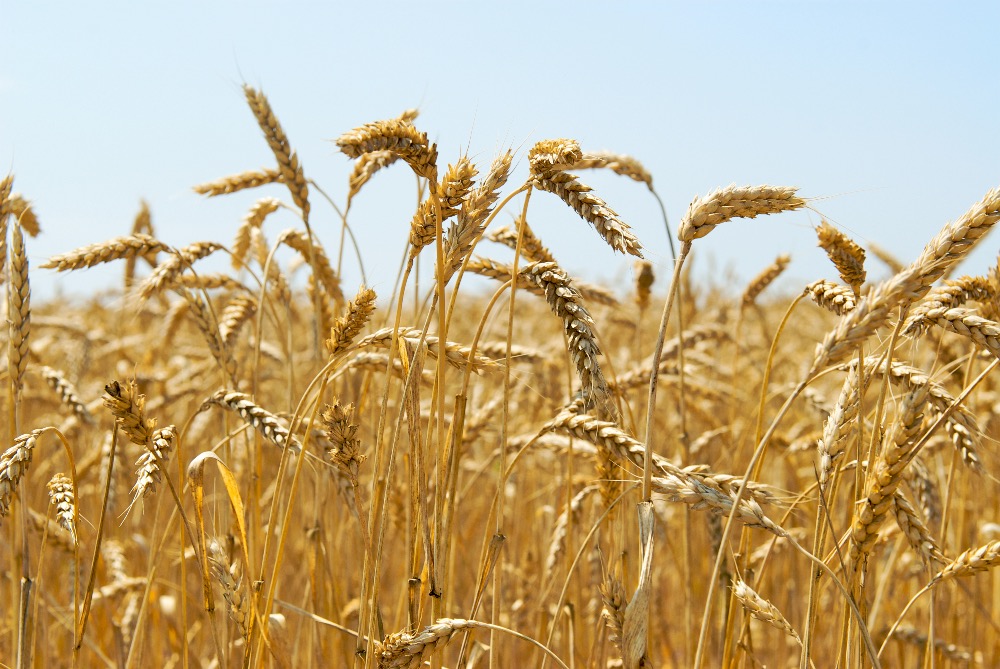A global meta-analysis of yield-scaled N2O emissions and its mitigation efforts for maize, wheat, and rice
This study investigates global patterns of nitrous oxide emissions per unit of crop yield for maize, wheat, and rice, highlighting key factors influencing emissions and proposing mitigation strategies for sustainable cereal production.

This study investigates the correlation between crop yields and nitrous oxide (N2O) emissions, aiming to address the dual challenges of food security and climate change. Analyzing data from a global meta-analysis of over 6000 observations, researchers examine the patterns and influencing factors of yield-scaled N2O emissions across three major crops: maize, wheat, and rice.
The study identifies wheat as having the highest emissions per unit of yield, followed by maize and rice. Geographically, tropical regions exhibit higher emissions compared to temperate zones, with emissions decreasing from low to high latitudes. Climatic and soil conditions emerge as significant drivers of emission variation, outweighing the impact of nitrogen fertilizer management. Notably, enhancing nitrogen use efficiency is a key opportunity to mitigate N2O emissions.
The study underscores that mitigation strategies such as reducing fertilizer application by up to 30%, optimizing its timing and placement, or adopting enhanced-efficiency fertilizers, allows to increasing cereal production. A message which is of importance for both policymakers and stakeholders such as farmers or value chain actors.
You can acces the article here.
Authors:
Zhisheng Yao (1,2), Haojie Guo (1,2), Yan Wang (1), Yang Zhan (1,2), Tianli Zhang (1), Rui Wang (1), Xunhua Zheng (1,2), Klaus Butterbach-Bahl (1,3,4).
Affiliations
(1) State Key Laboratory of Atmospheric Boundary Layer Physics and Atmospheric Chemistry, Institute of Atmospheric Physics, Chinese Academy of Sciences, Beijing, P.R. China
(2) College of Earth and Planetary Science, University of Chinese Academy of Sciences, Beijing, P.R. China
(3) Institute for Meteorology and Climate Research, Atmospheric Environmental Research, Karlsruhe Institute of Technology, Garmisch-Partenkirchen, Germany
(4) Pioneer Center Land-CRAFT, Department of Agroecology, Aarhus University, Aarhus C, Denmark